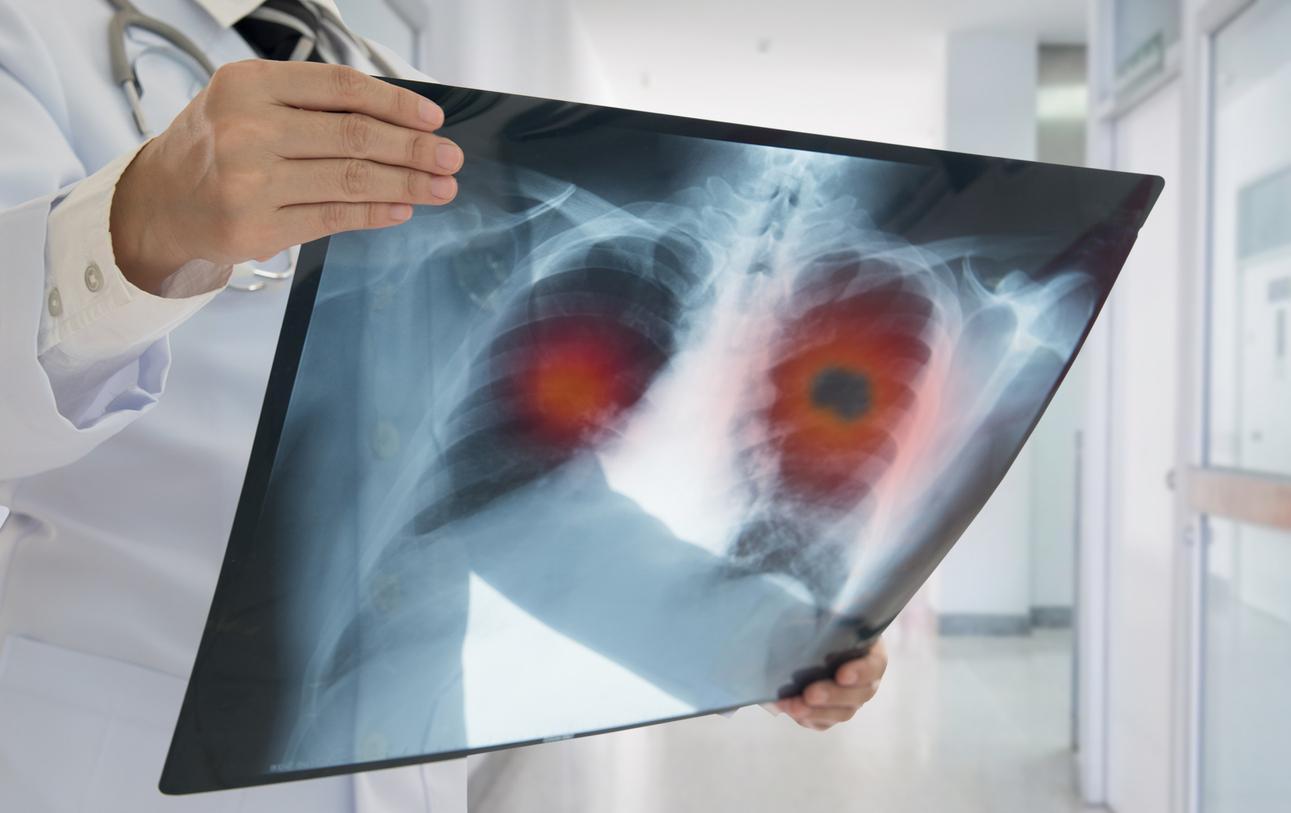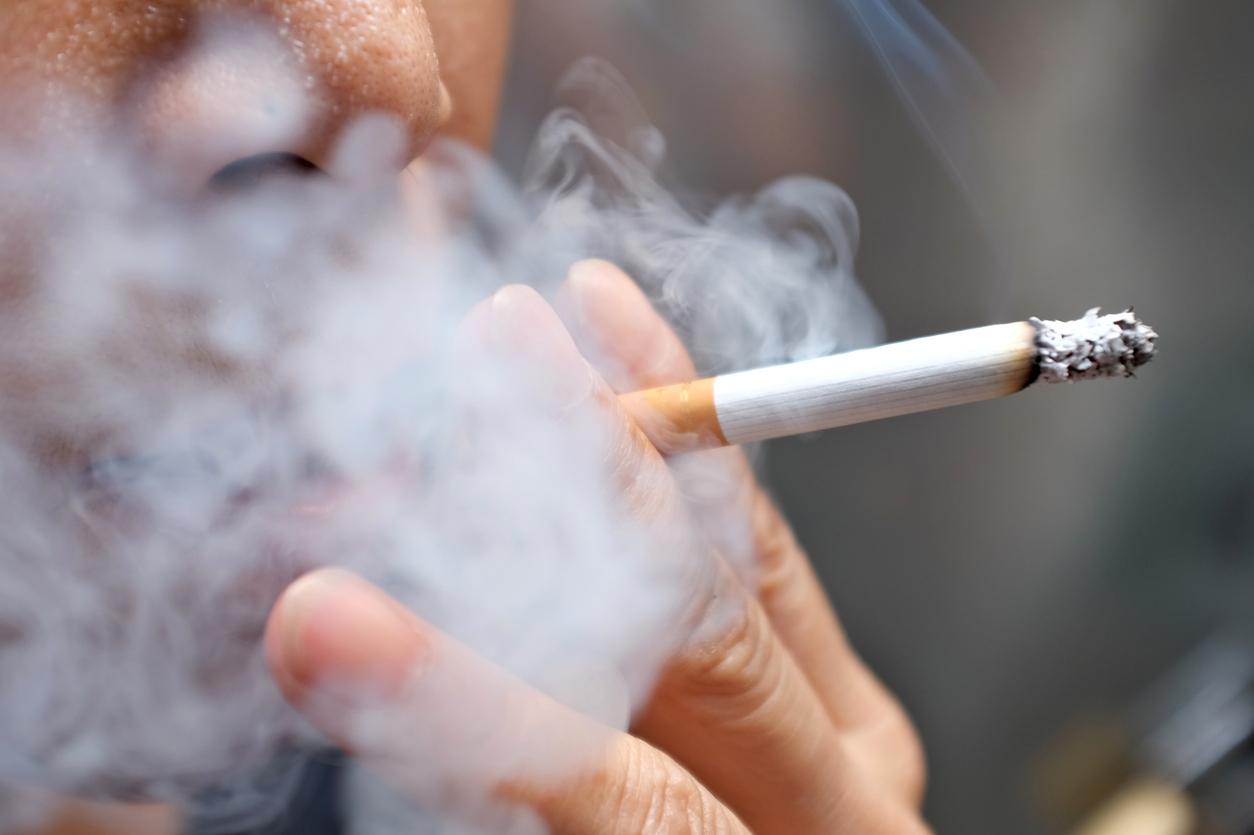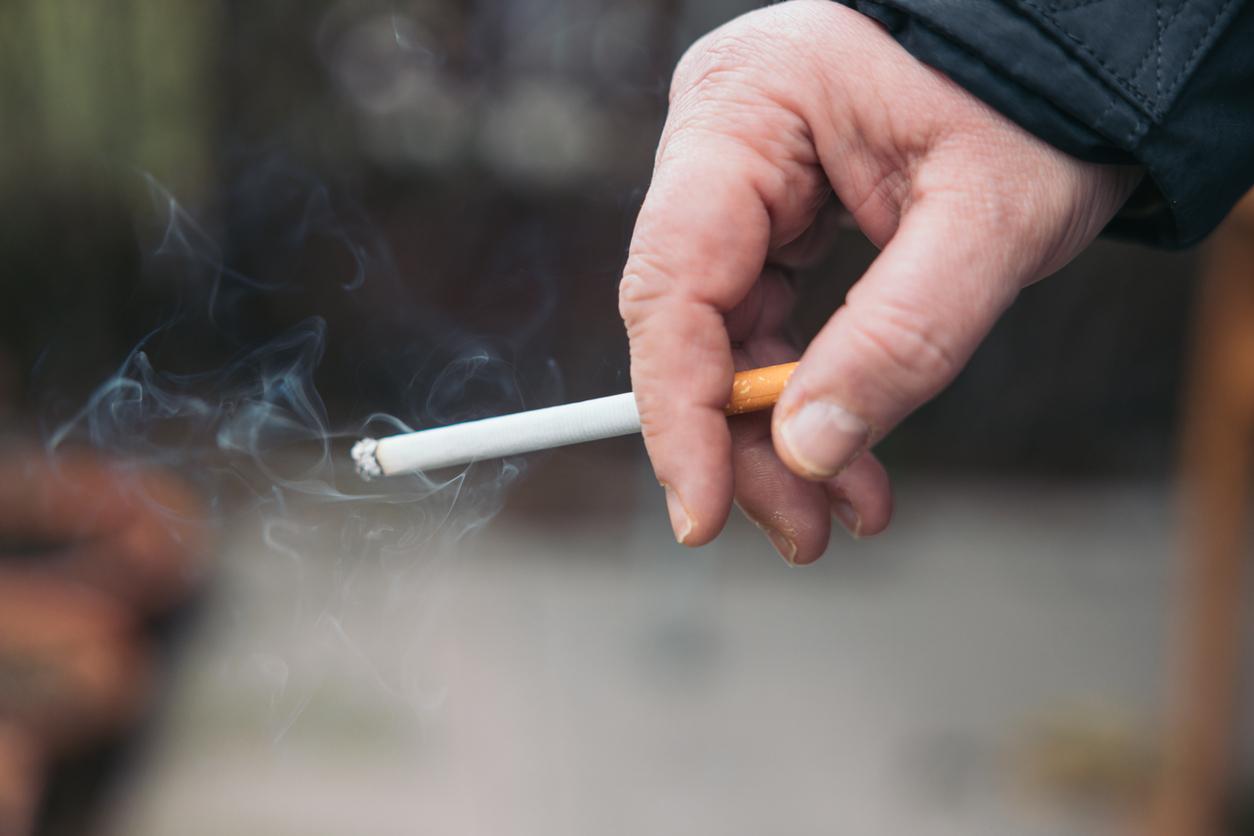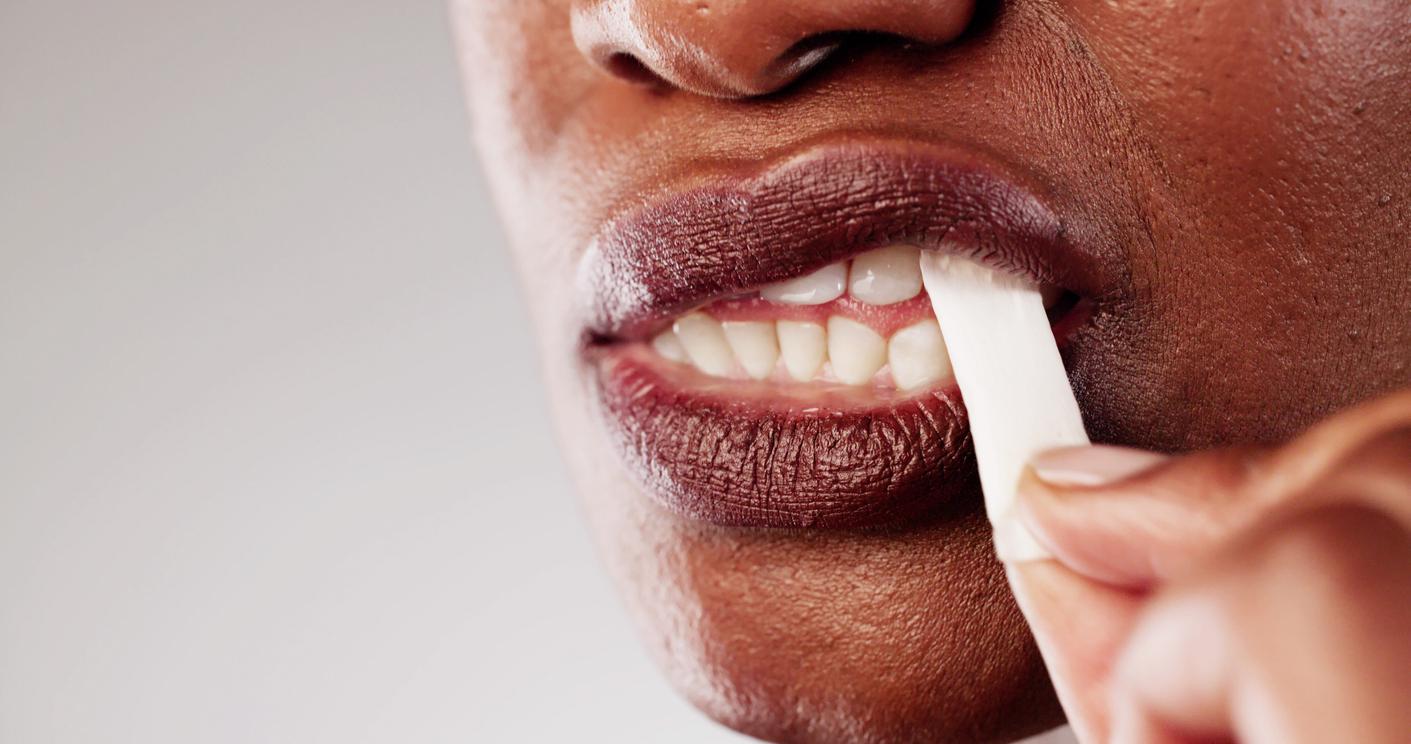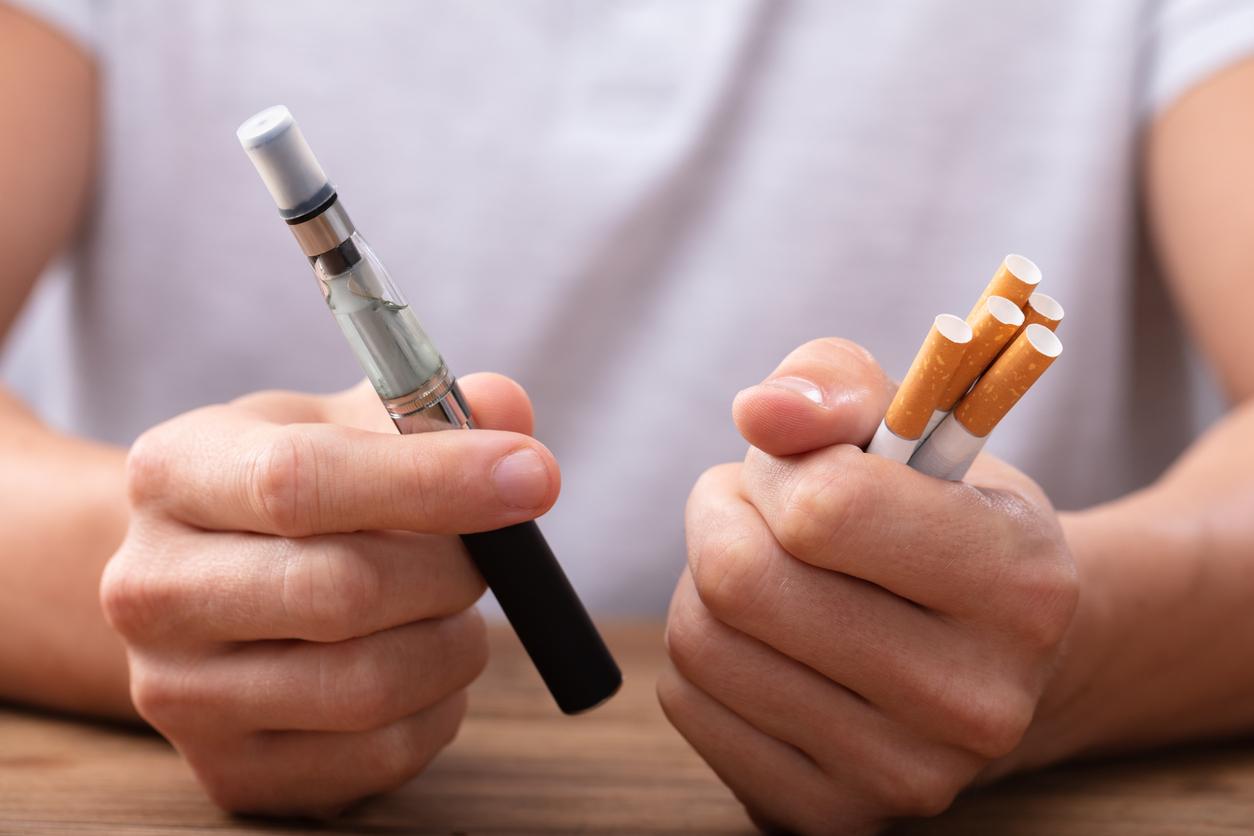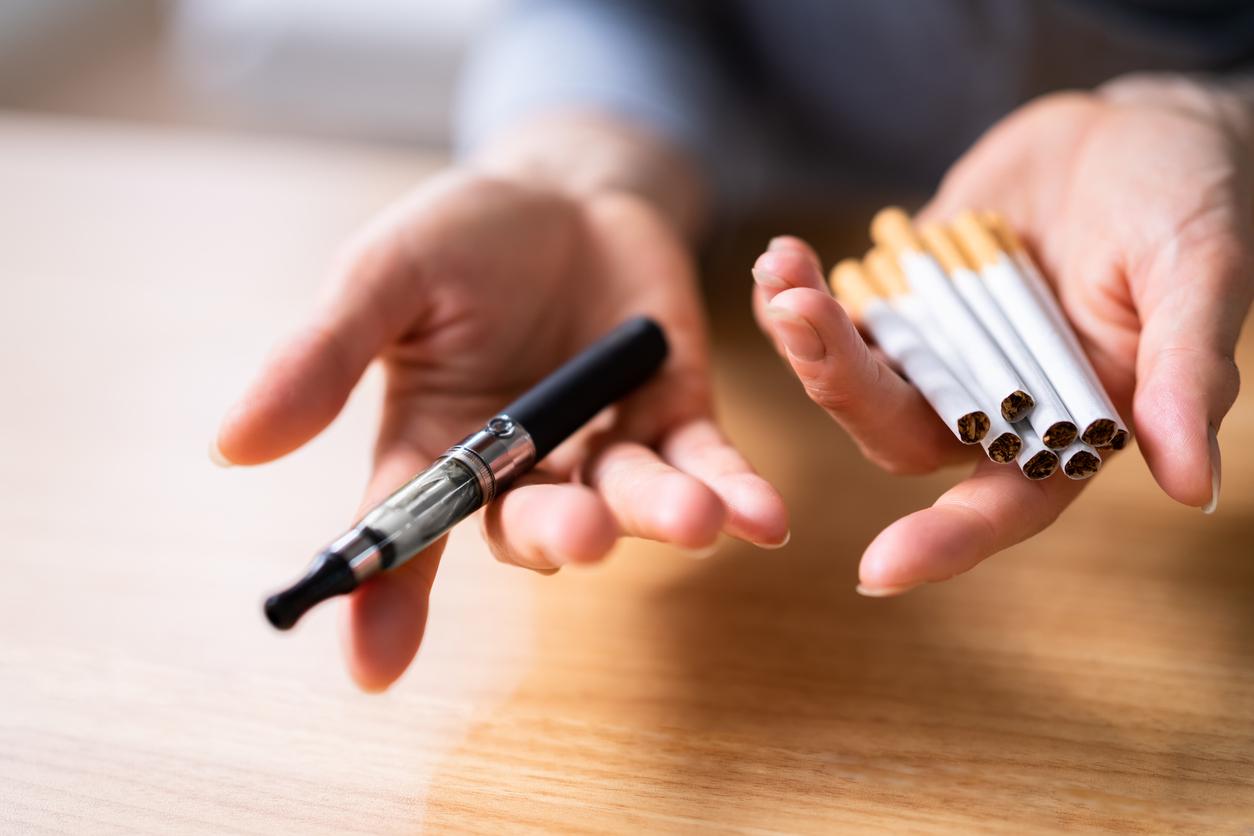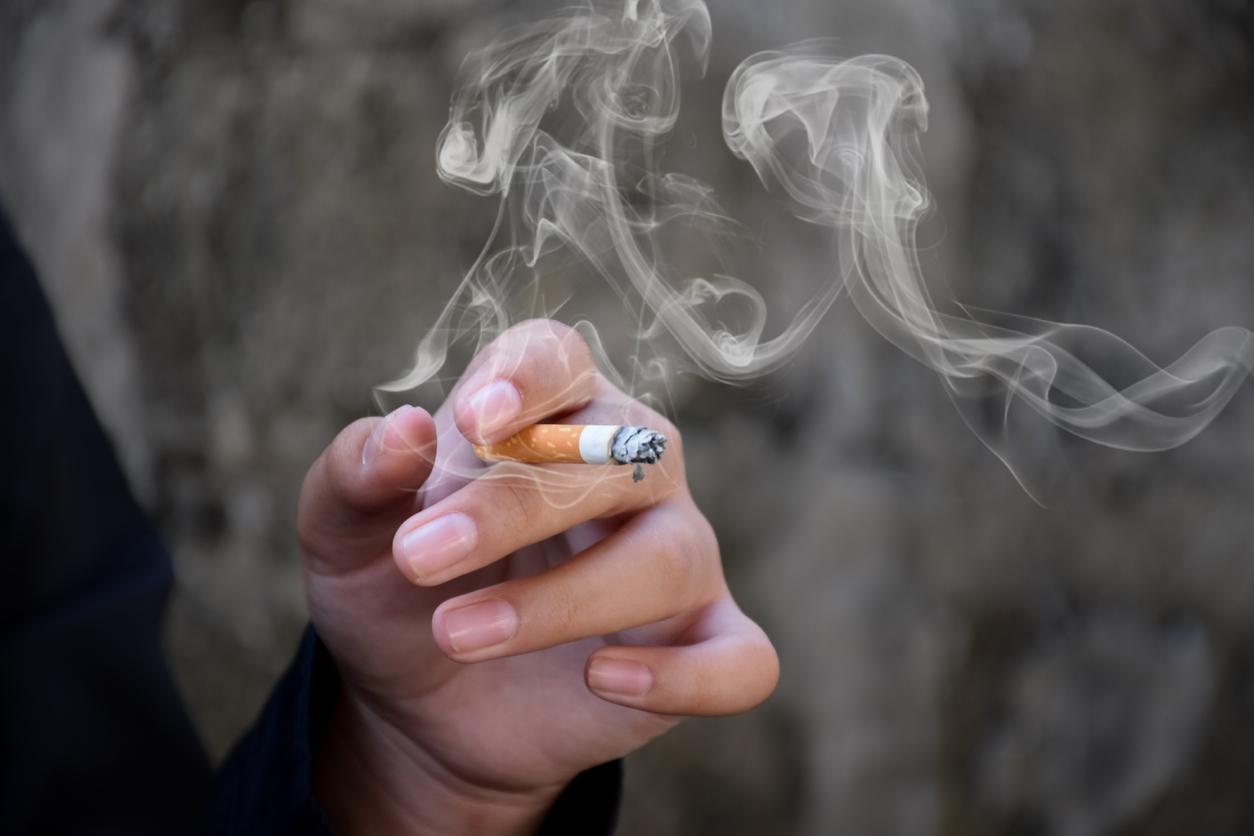For fear of post-operative tobacco-related complications, more than 40% of patients quit smoking. A quarter definitely.

To undergo rhinoplasty, breast reduction or even a facelift, patients who smoke must quit smoking for at least two weeks before and after the procedure. Some cosmetic surgeons even require a break of 8 weeks before and after the operation.
A temporary withdrawal which very often leads to a permanent cessation of tobacco, shows a study published in Plastic and Reconstructive Surgery.
Surgeons at the University of British Columbia (Canada) came to this encouraging conclusion after interviewing 42 patients. The vast majority were women with an average age of 40. All the doctors had explained to them that smoking could greatly complicate the healing process, and lead to disastrous consequences.
Scientific literature shows that smoking patients are 12 times more likely to suffer from post-operative complications than non-smokers. Due to the poor oxygenation of the blood caused by smoking, the operated areas can necrosis. Edemas may appear, as well as phlebitis and pulmonary embolism.
A convincing argument
A table that seems to stimulate operated smokers. Because 5 years after the operation, about 40% have stopped smoking daily, and nearly a quarter are completely weaned. For more than 70% of patients, the exposure of postoperative risks by their surgeon was the trigger.
However, half of the patients said they did not follow their surgeon’s instructions to the letter before the procedure. Almost a quarter admitted to having continued until D-day. The most serious post-operative complications were also observed in patients who continued to smoke.
For the authors, the results of this small study suggest that smokers are more motivated to quit if doctors illustrate the harm of cigarettes with specific examples, rather than by presenting the benefits of quitting.
.







